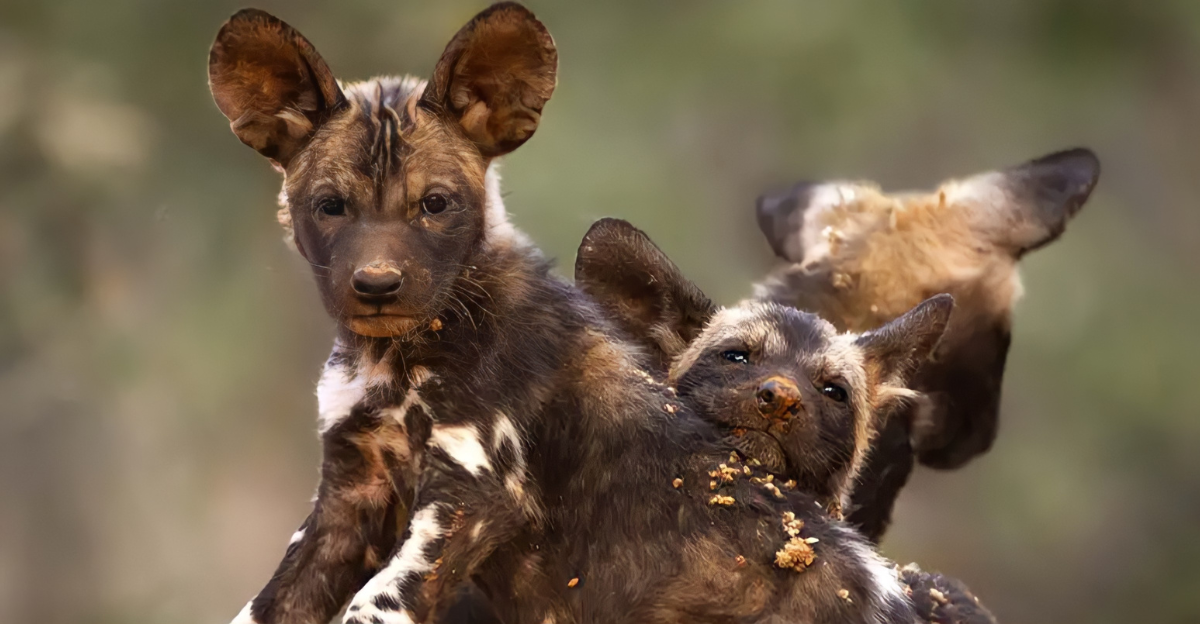
Wild dogs are canids that have become experts at adapting to many different environments. They live in forests, grassy plains, rocky mountains, and even icy tundra.
Wild dogs do more than survive; they balance ecosystems by controlling the numbers of prey animals. When wild dogs disappear, the whole web of life is affected. Because of this, they are a focus for global conservation and inspire efforts to protect wild places everywhere.
Wild dogs are known in science as apex or mesopredators, meaning they are among the main hunters in their habitats. Hunting deer, antelope, rodents, or even smaller predators ensures no single species becomes too numerous.
1. African Wild Dog (Lycaon pictus)
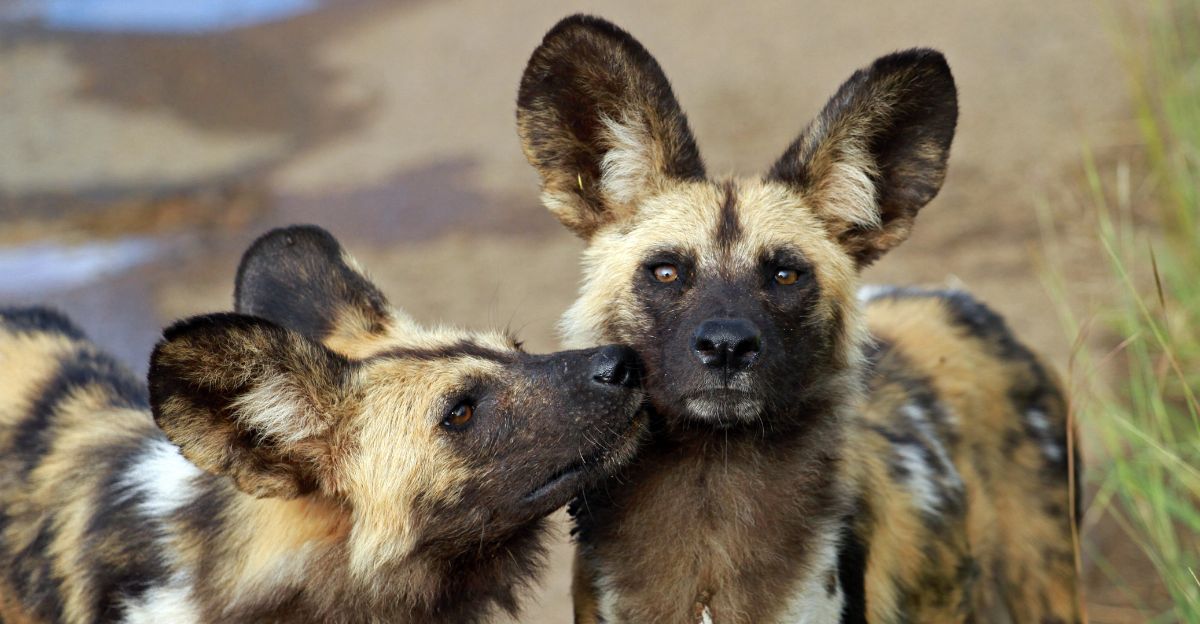
African wild dogs, also known as painted wolves, are well-known for their teamwork. They hunt together in tightly organized packs, using quick signals, yelps, and body movements to coordinate strategies.
In each pack, a dominant male and female lead, while the whole group cares for other members.
This pack lifestyle is a huge reason African wild dogs are such efficient hunters, catching prey more often than other African predators.
Colorful, Endangered, and Resilient
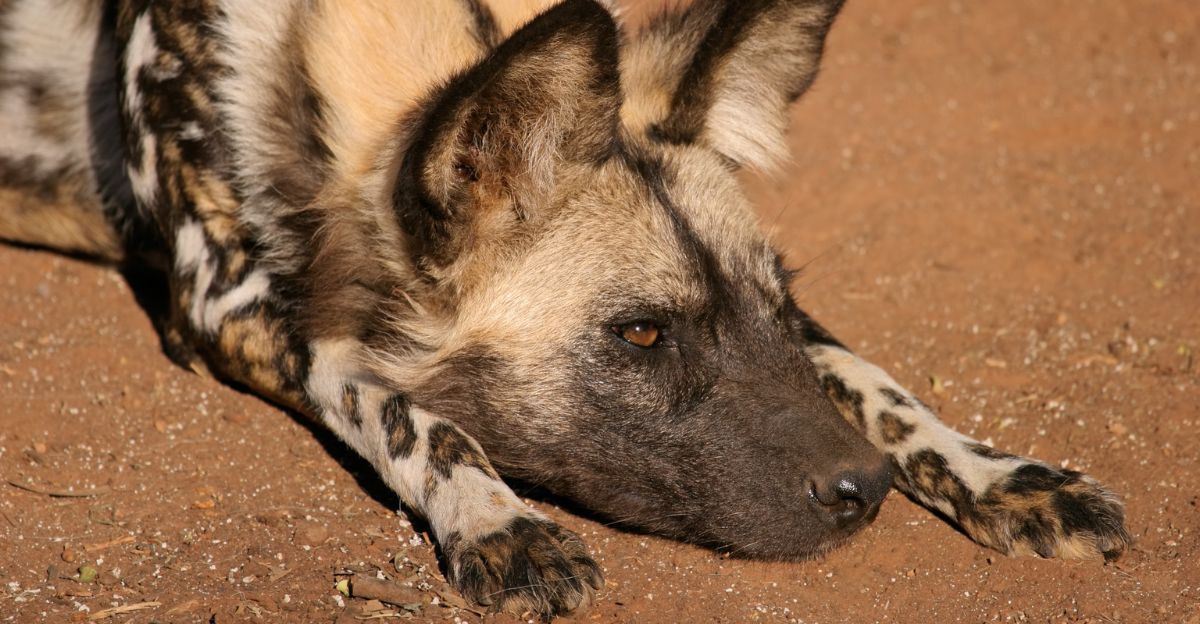
Every African wild dog has a unique fur pattern of black, gold, brown, and white patches. They are slim and long-legged, with big ears that help them hear and cool off in the heat.
Adult wild dogs weigh between 18 and 36 kilograms and can live up to 11 years in the wild. Sadly, these animals are in trouble—fewer than 7,000 are left, and only about 1,500 adults can breed.
They used to roam almost all of sub-Saharan Africa, but now survive in small, scattered patches. Their main threats are habitat loss, attacks from livestock owners, disease, and genetic similarity due to shrinking populations.
2. Dhole (Cuon alpinus)
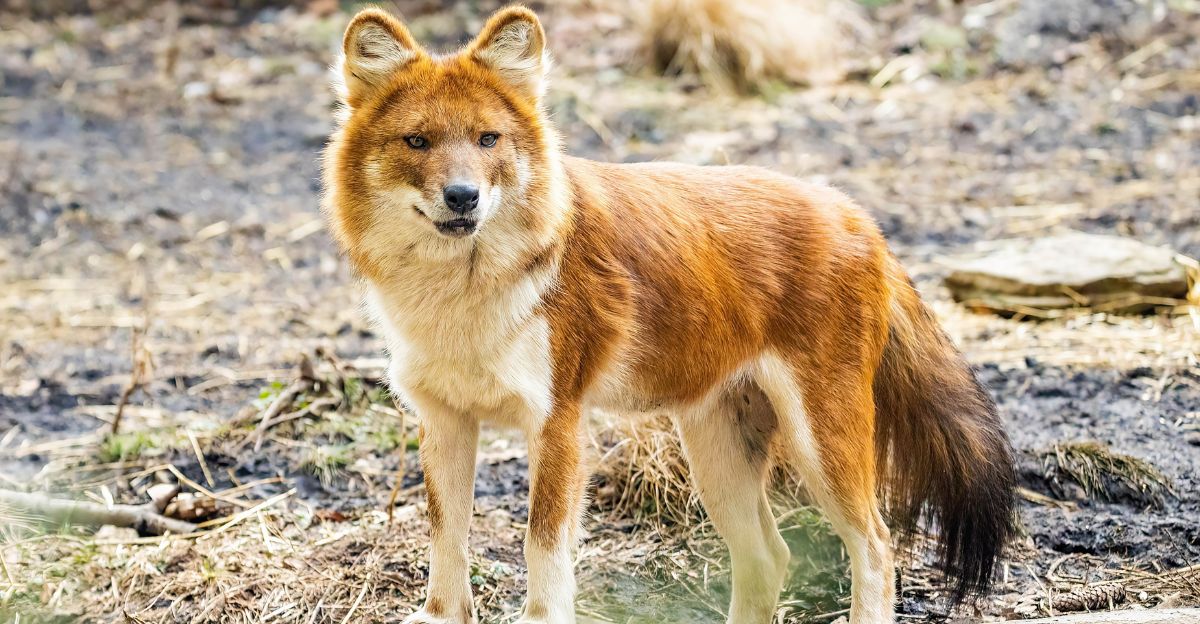
The dhole, or Asian wild dog, stands out for using high-pitched whistles to talk with its pack, even in thick forests.
Dholes live in India, Southeast Asia, China, and Russia, changing territory as food and water move around. Packs are flexible and may break up and reunite based on what’s needed.
Dholes’ unique sounds help them hunt together and avoid fights with bigger predators like tigers or leopards.
Rusty Coats and Unusual Diets
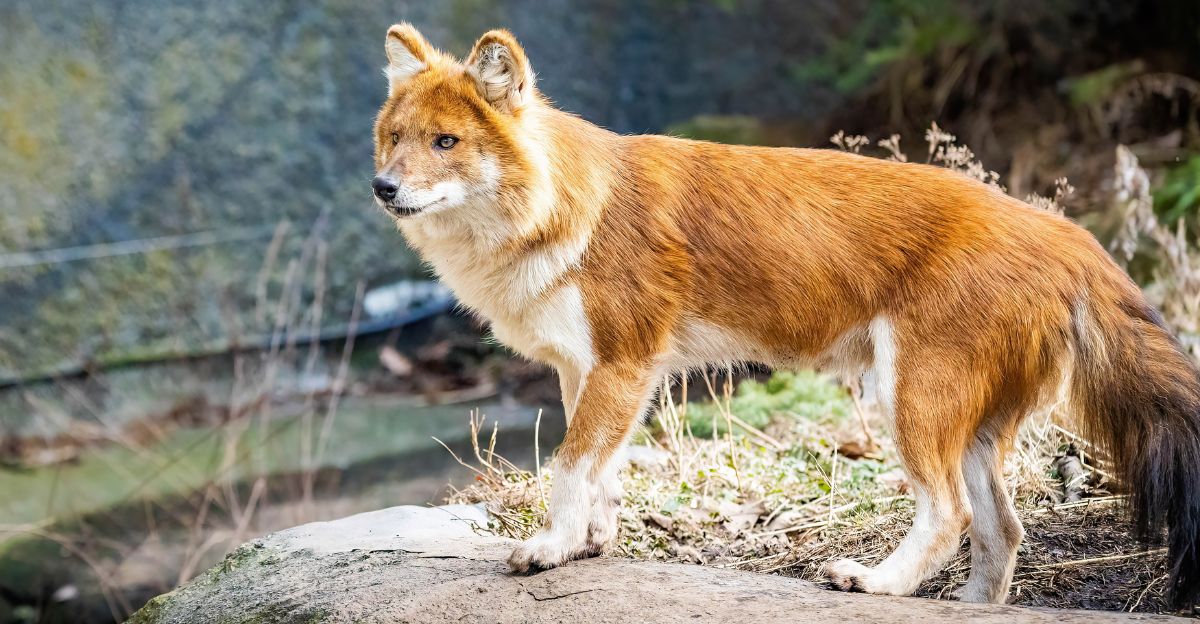
Dholes are reddish with white bellies and fluffy tails. They’re bigger than foxes but smaller than wolves, usually weighing up to 40 kilograms.
Most wild dogs live for 10–12 years. They eat many things, mainly deer and pigs, birds, insects, fruit, and reptiles. Eating so many types of food helps dogs survive changes in their environment.
Sadly, they’re in trouble due to forest clearing, competition with humans, and diseases from domestic dogs.
3. Ethiopian Wolf (Canis simensis)
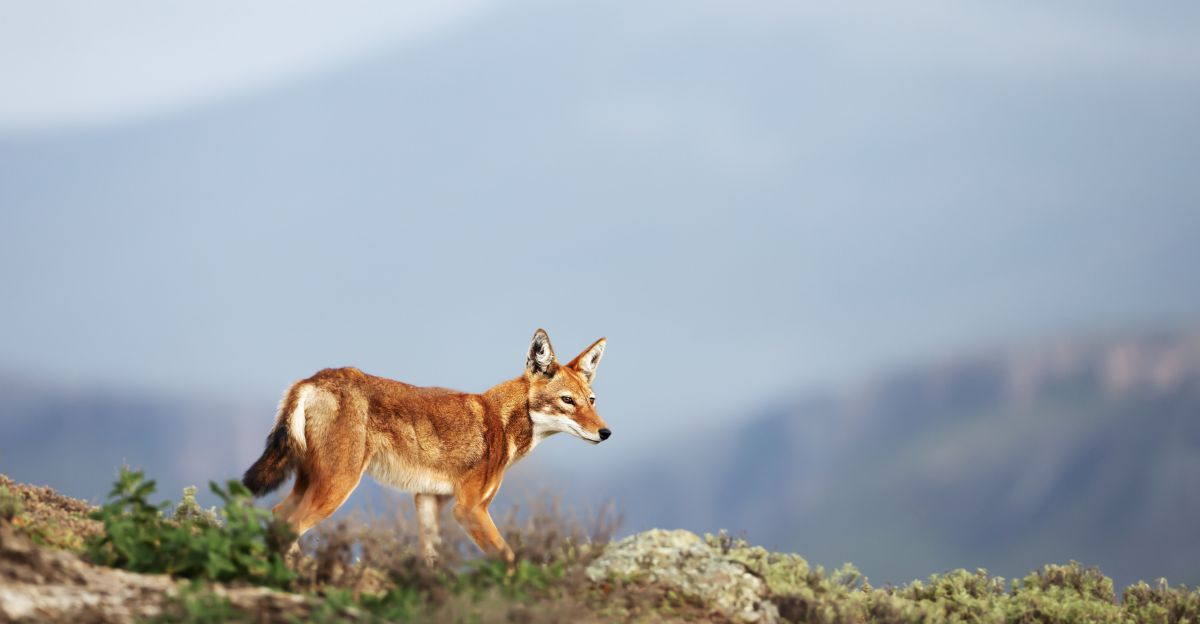
The Ethiopian wolf is the rarest wild dog and can only be found in the high mountain grasslands of Ethiopia. Fewer than 200 survive today, and they hunt mostly small animals like mole rats.
These wolves live in harsh places above 3,000 meters, where farming and livestock are taking over.
Hybrid pups from domestic dogs and rabies outbreaks also threaten the small remaining packs.
Scarlet Loners of the Highlands
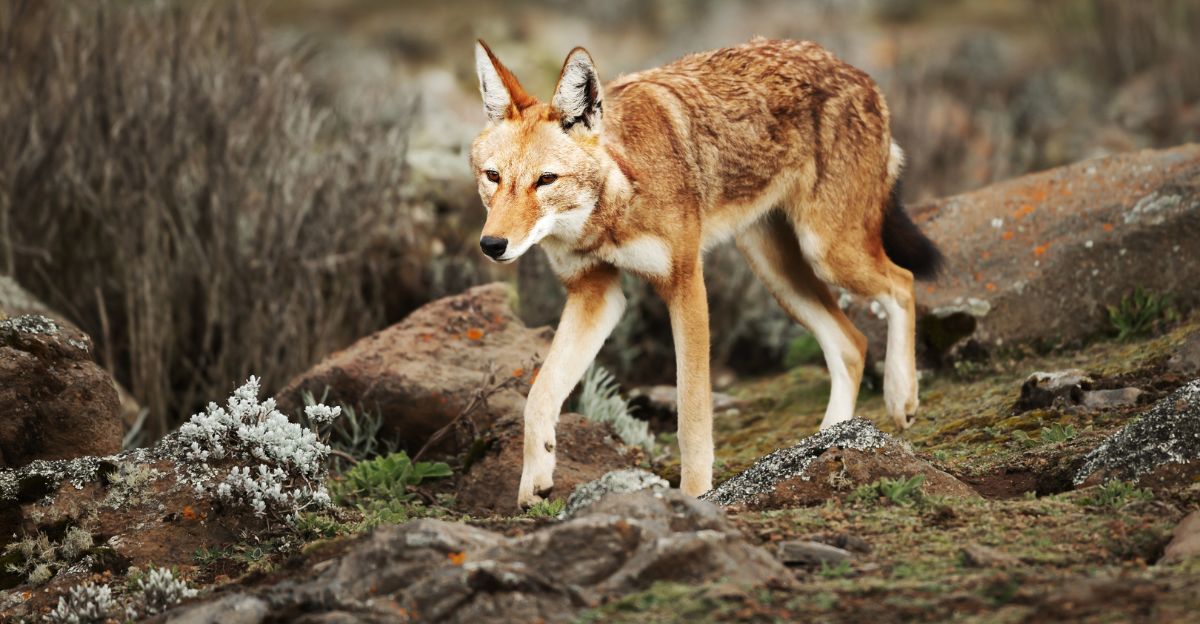
These slender, bright red-orange wolves have white underparts and weigh around 14–19 kilograms.
Most hunt on their own, not in big packs. Although they do live in family groups, teamwork for hunting is rare, the opposite of African wild dogs. Since so few are left, Ethiopian wolves are susceptible to outbreaks of disease, especially distemper and rabies.
Habitat loss also means they have fewer places to go if something goes wrong in one valley or hilltop.
4. Coyote (Canis latrans)
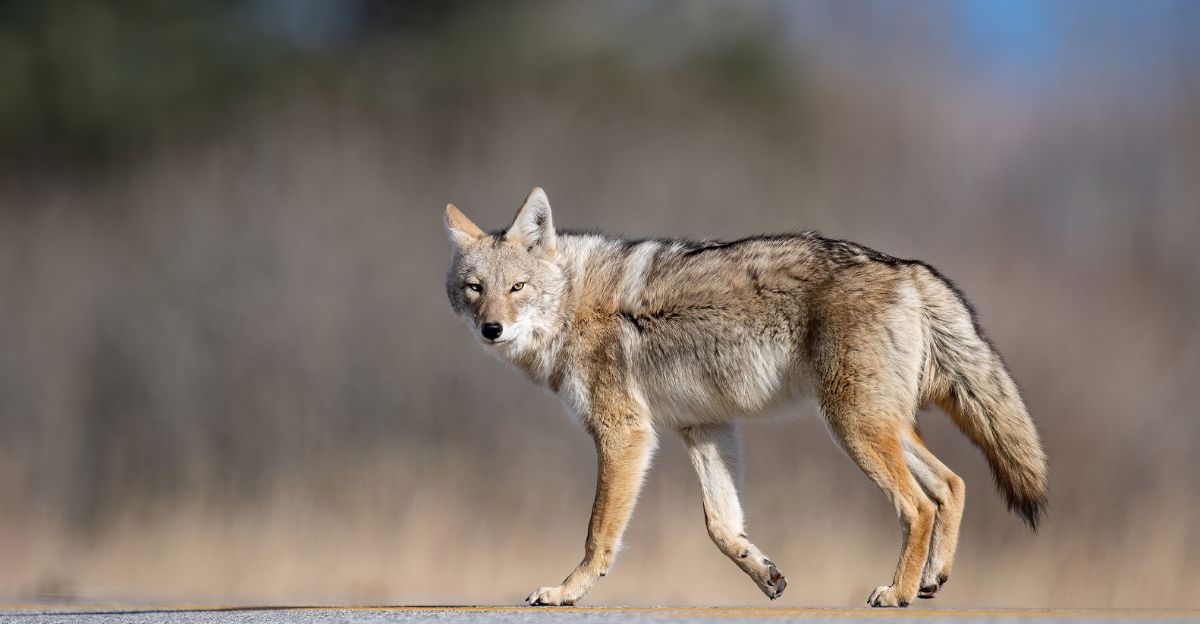
Coyotes are survivors. They’ve learned to thrive in deserts, woodlands, swamps, and cities all over North America.
When people try to get rid of them, coyotes adapt—changing what they eat or where they live.
They’re famous for eating rodents, scavenging, stealing from farms, or even living on garbage in significant cities. Their flexibility is unmatched by almost any other wild dog.
Gray-Brown Fur and Omnivorous Diets
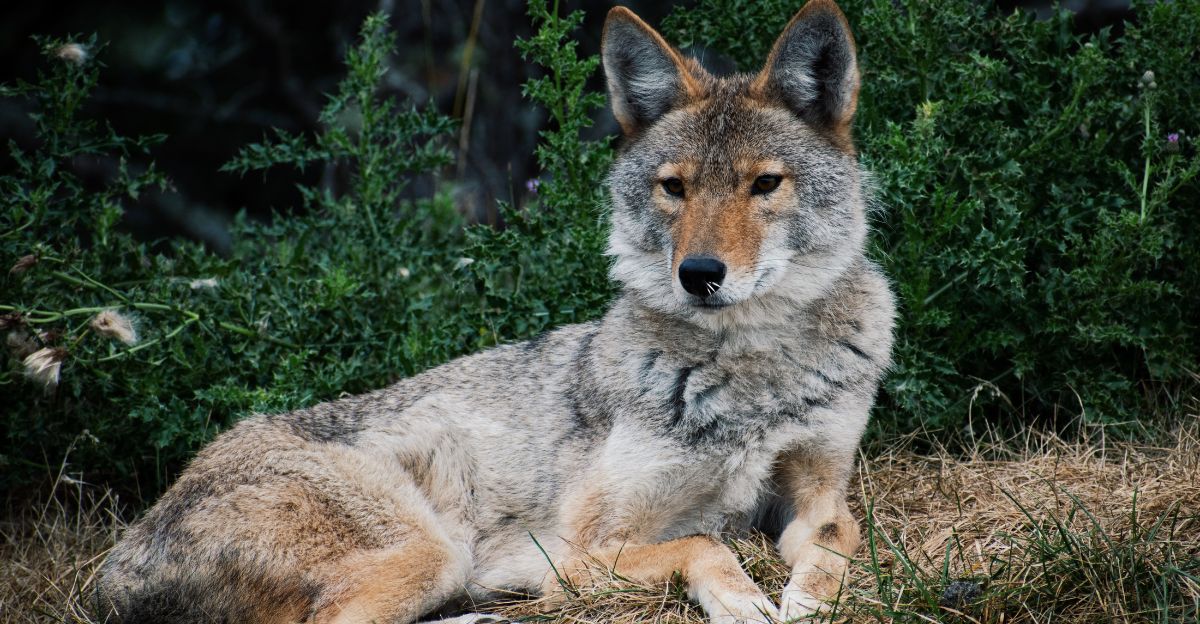
Coyotes are medium-sized with gray-brown fur to blend in almost anywhere. They usually weigh 7–20 kilograms and can live up to 14 years if they avoid major threats.
Coyotes eat nearly anything: mice, fruit, insects, birds, trash, and sometimes livestock. Some coyotes hunt alone, while others form pairs or small family packs.
Rarely do they form large groups to hunt big prey like deer.
5. Maned Wolf (Chrysocyon brachyurus)
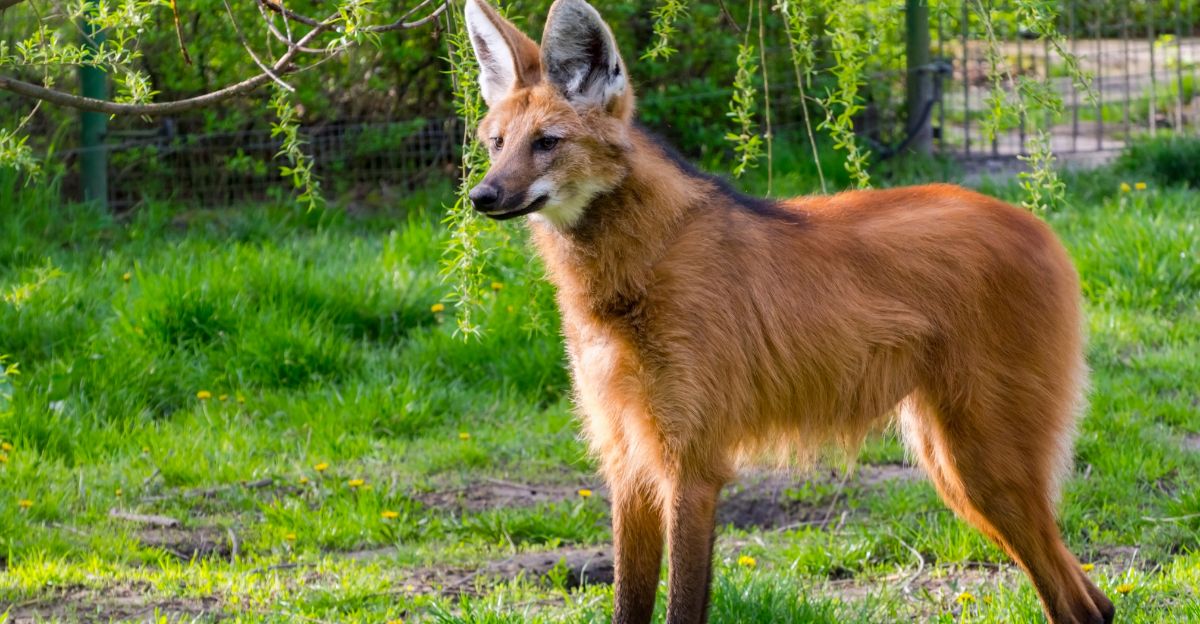
The maned wolf looks like a fox on stilts and lives in the grassy regions of Brazil, Paraguay, Argentina, and Bolivia. Super-long legs help it peer over tall grass.
Maned wolves like to be alone, claiming large territories and only joining another wolf to raise pups.
They use loud calls to warn others away. Unlike other wild dogs, they don’t hunt in groups and are rarely seen.
Golden Mane and Solitary Ways
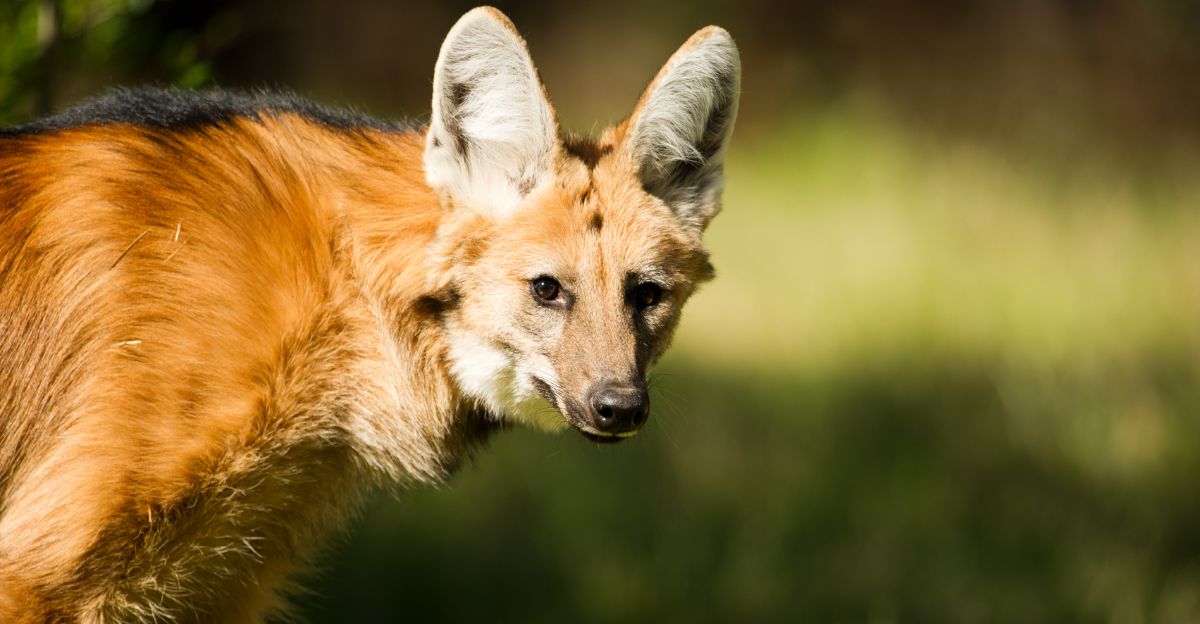
Maned wolves are unmistakable because of their red-gold fur, black legs, and upright mane. These wild dogs weigh 20–34 kilograms and eat a mix of fruit and animals. About half their diet is fruit, like the wolf apple.
This helps them survive in places where there aren’t many large animals. Maned wolves are vital because they spread plant seeds through their droppings.
Farming and new roads threaten these solitary animals, shrinking the spaces where they can live safely.
6. Gray Wolf (Canis lupus)
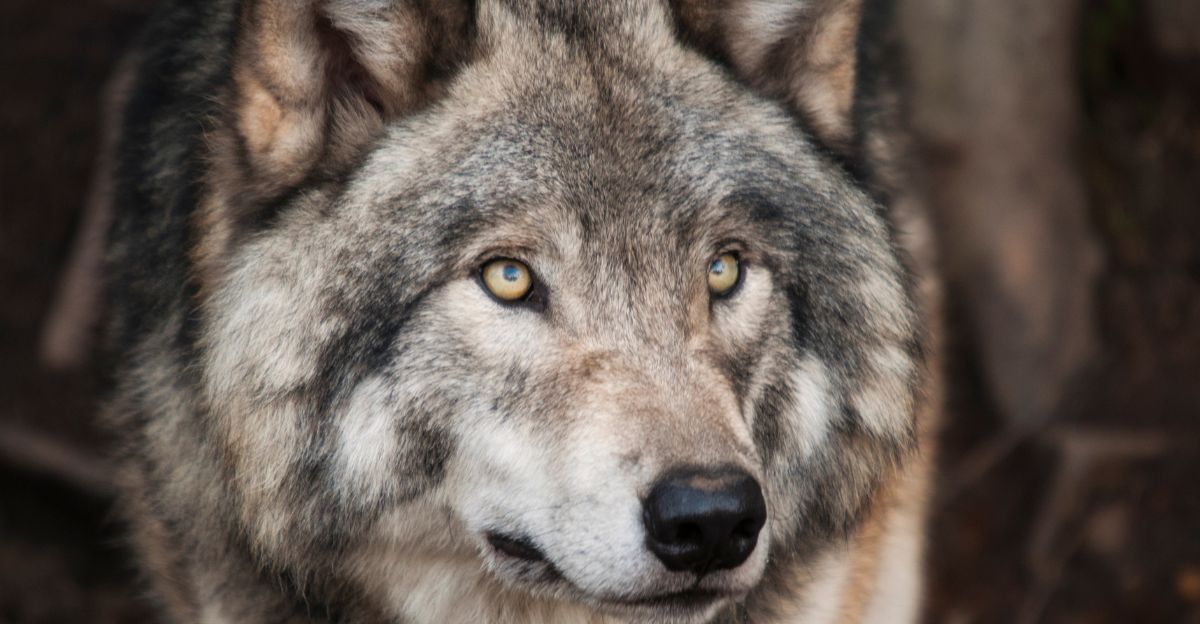
Gray wolves are the biggest of all wild dogs and once lived across most of the northern world, from North America to Asia.
Wolves are famous for hunting in packs, covering huge distances, and working together to catch big prey like elk and deer. They use howls, scents, and teamwork to stay connected and manage large territories.
By preying on deer and other big animals, wolves keep forests and other habitats healthy.
Varied Fur and Formidable Packs
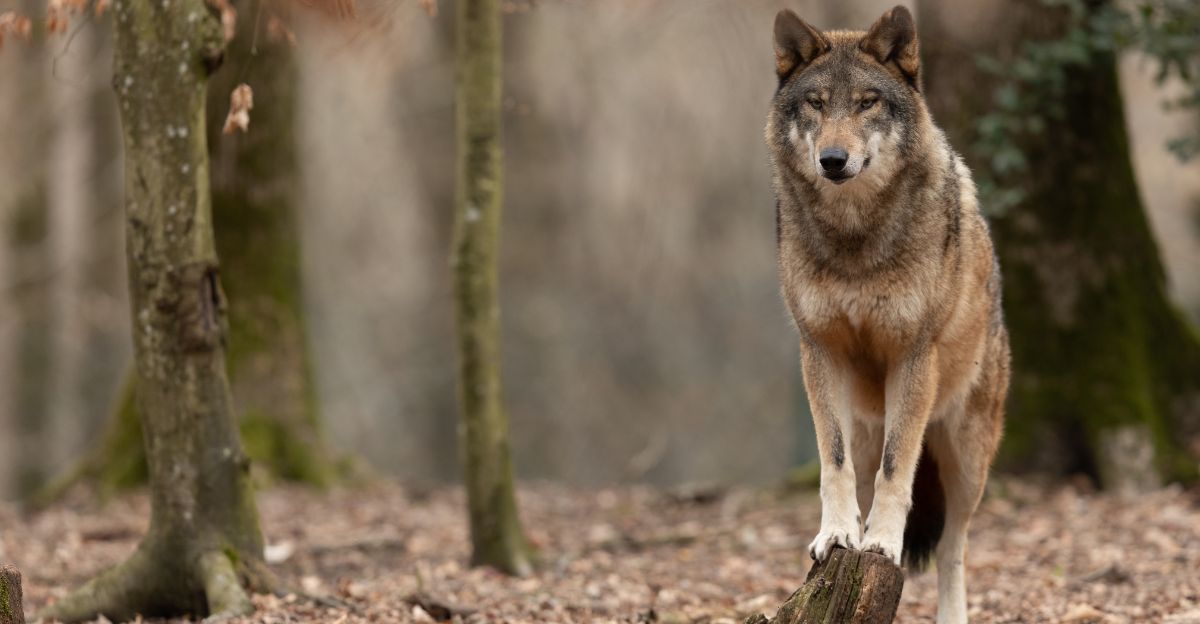
Depending on where they live, their fur can range from black, gray, and brown to pure white.
Gray wolves are heavy, often between 30 and 80 kilograms, and must eat a lot, so big packs work together for successful hunts.
If healthy, wolves can live 8–13 years. Their social lives are complex, with leaders (“alphas”) and shared care of pups. Scientists have watched wolves for generations to understand their vital roles in the wild.
7. Red Fox (Vulpes vulpes)
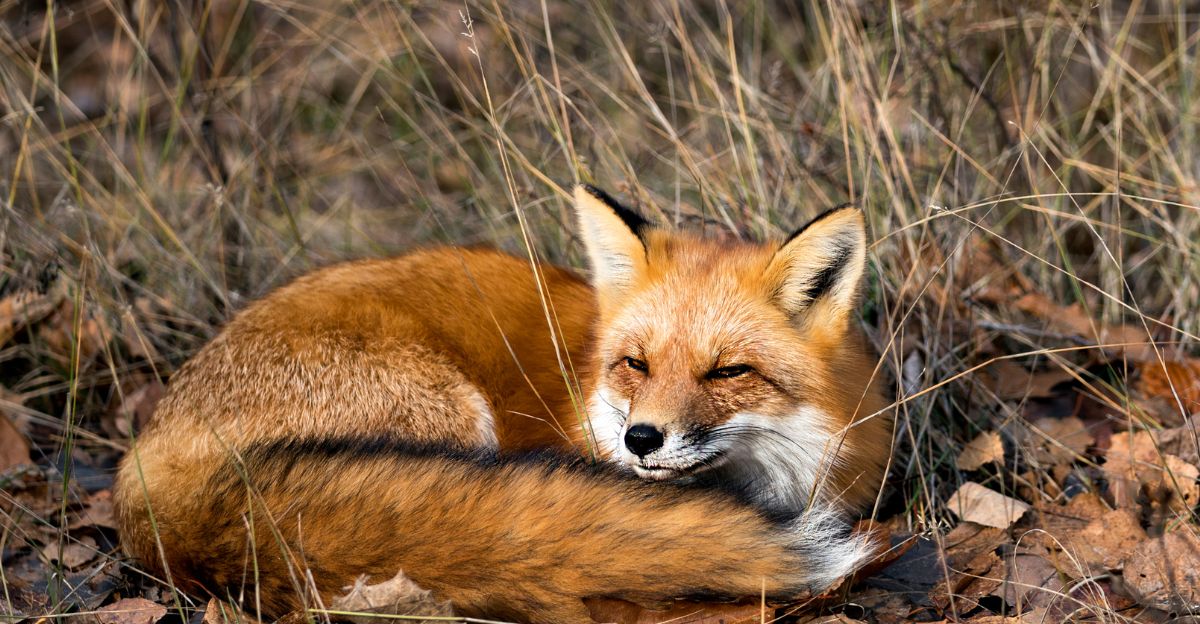
Red foxes are everywhere—in Europe, Asia, North America, even in cities and as far south as Australia.
They adapt easily: making dens in old burrows, logs, or under sheds, and quickly learning new food sources or dangers.
Foxes often become active at dawn or night to avoid people, showing how clever they are at avoiding trouble.
Brilliant Coloring and Resourceful Diet
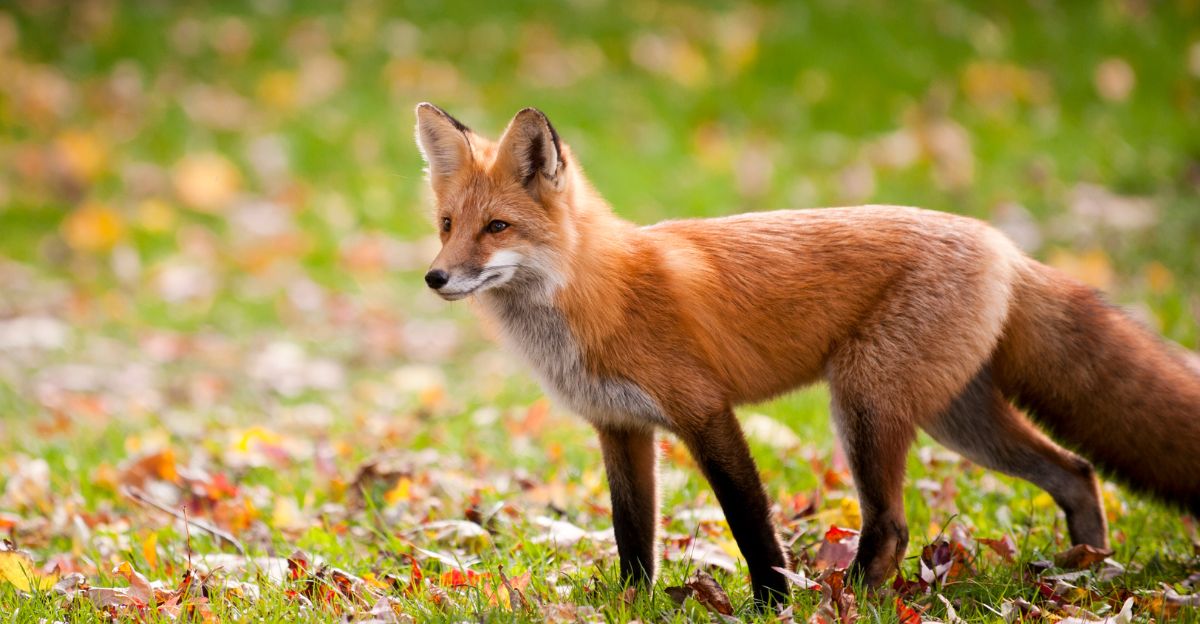
Red foxes are easy to spot with bright red coats, bushy white-tipped tails, and black legs. Depending on where they live, they can weigh anywhere from 2 to 14 kilograms.
Red foxes aren’t picky—they eat mice, birds, eggs, fruit, bugs, and even leftovers from people.
Many foxes don’t live long in the wild, often just 3–5 years, though those in towns may last longer due to fewer predators and easier meals.
8. Jackal (Canis mesomelas)
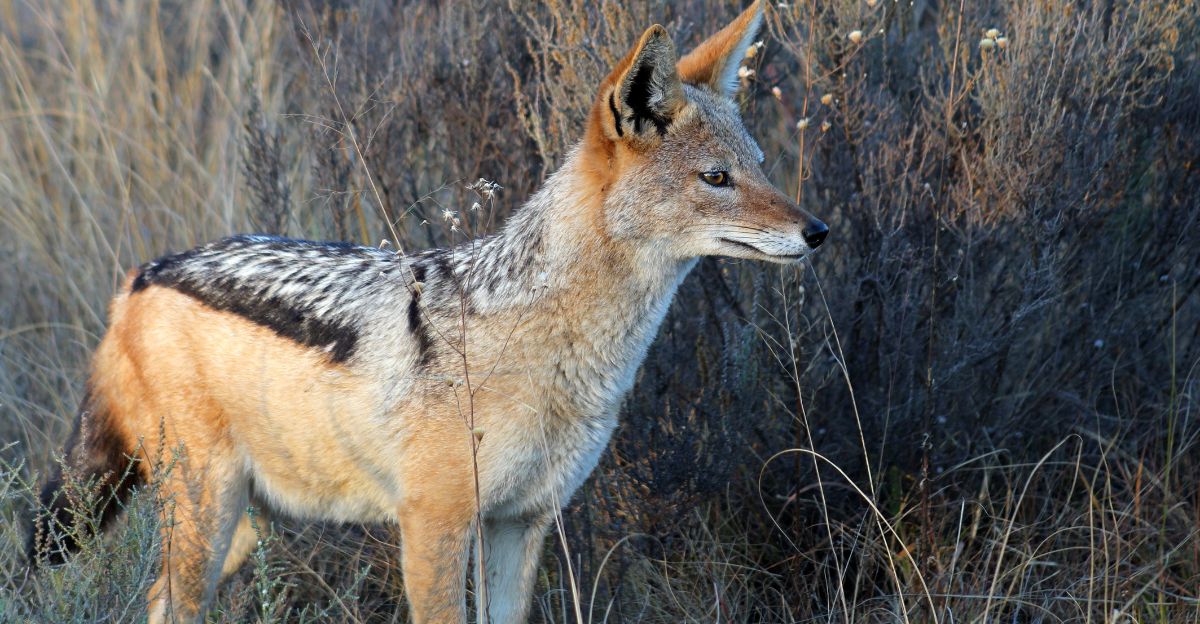
Black-backed, golden, and side-striped Jackals of Africa and southern Asia take full advantage of open country, bushlands, and urban edges.
They are masters at making the most of whatever they find: hunting, scavenging, sneaking food from other animals, or even human trash.
Their creativity helps them survive hard times and new challenges.
Agile Bodies and Diverse Diets
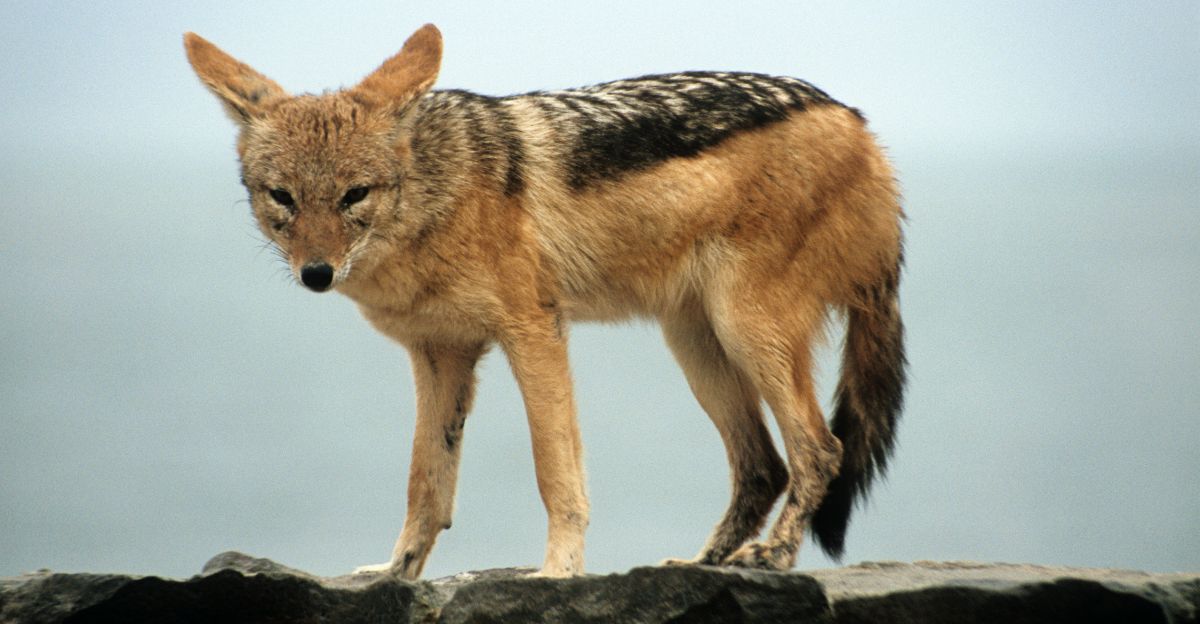
Jackals are wiry and quick, usually weighing 6–15 kilograms.
They eat rodents, birds, fruit, and anything dead. Some live in pairs, others in small family groups, allowing them to adapt to changing environments.
Jackals’ ability to take advantage of many foods means they thrive where other animals might not.
9. Arctic Fox (Vulpes lagopus)
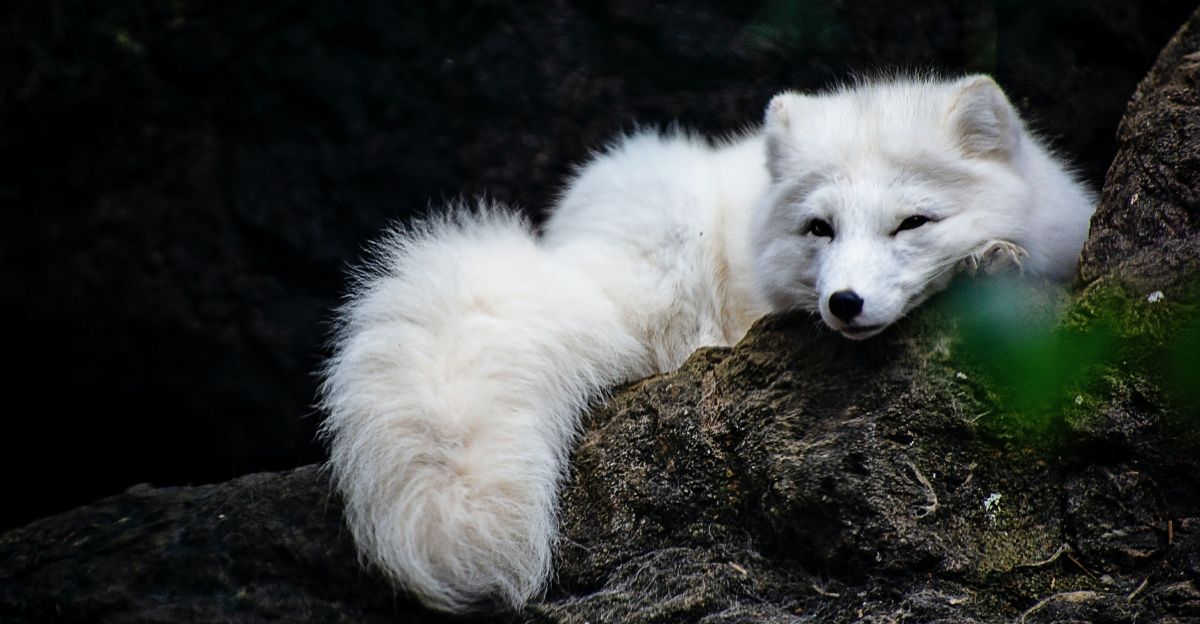
Arctic foxes live in one of the world’s harshest places: the Arctic tundra. They survive cold as extreme as minus 50 degrees Celsius, thanks to their thick, dense fur and small, round bodies.
Their fur turns white during winter and brown or gray in the summer, helping them hide from predators and prey.
Arctic foxes circle the world’s top in North America, Greenland, Russia, and Scandinavia.
Winter White and Summer Brown
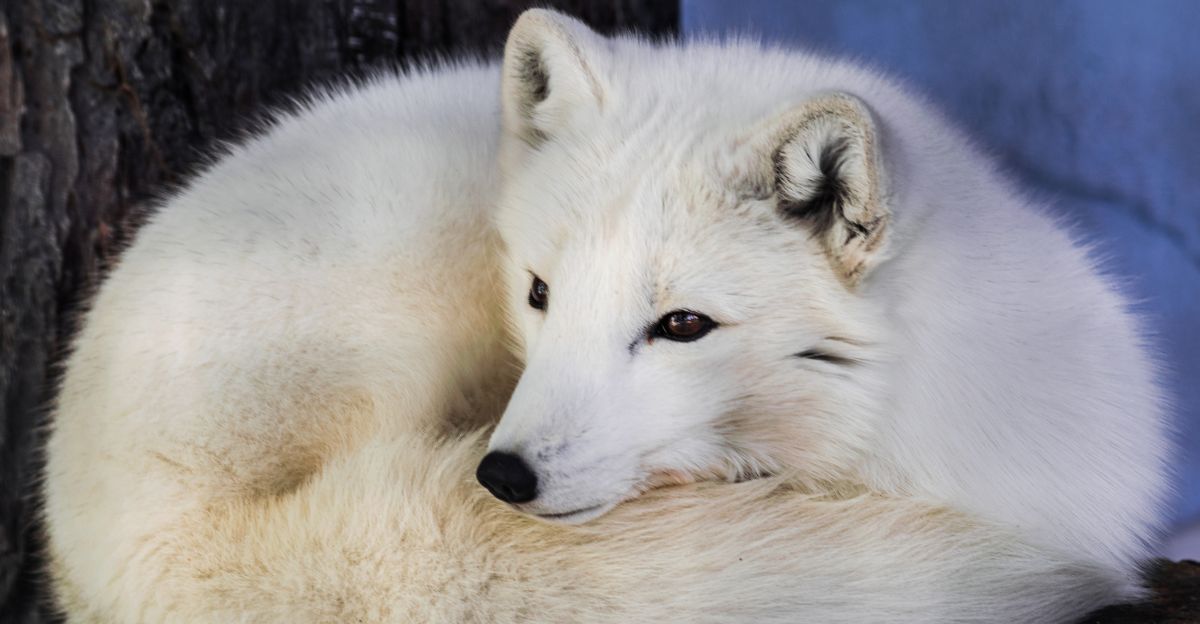
These foxes are small, weighing 3–9 kilograms. They mainly eat lemmings, small animals, eggs, birds, and leftovers from bigger carnivores.
Most arctic foxes only live for around 3–6 years, depending on how much food is available.
Their populations can change a lot, getting bigger or smaller depending on lemming numbers and harsh winter conditions.
The Fate of Wild Dogs
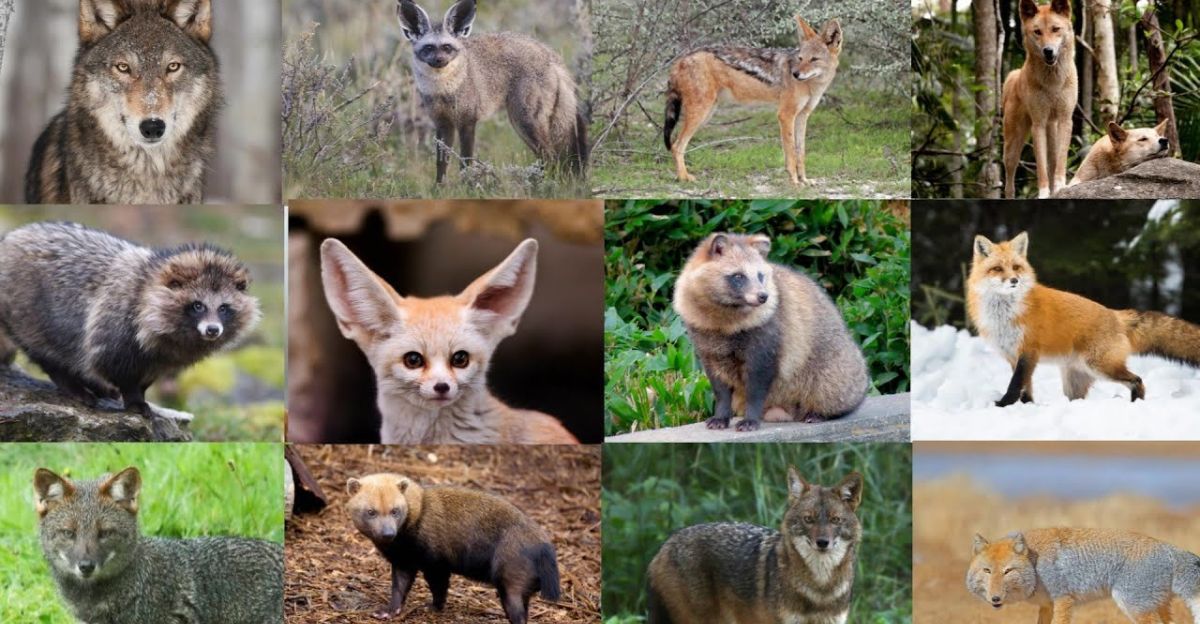
Wild dogs show how adaptable animals can be, surviving in deserts, mountains, forests, and icy tundra. Their intelligence and social lives are among the richest in nature.
But many wild dogs face significant dangers: shrinking habitats, diseases, and conflict with people. Saving them requires more than science, creating safe spaces, teaching people why wild dogs matter, and joining global efforts to preserve nature.
Only with awareness and teamwork can these fascinating animals continue to play their part in our world’s ecosystems.